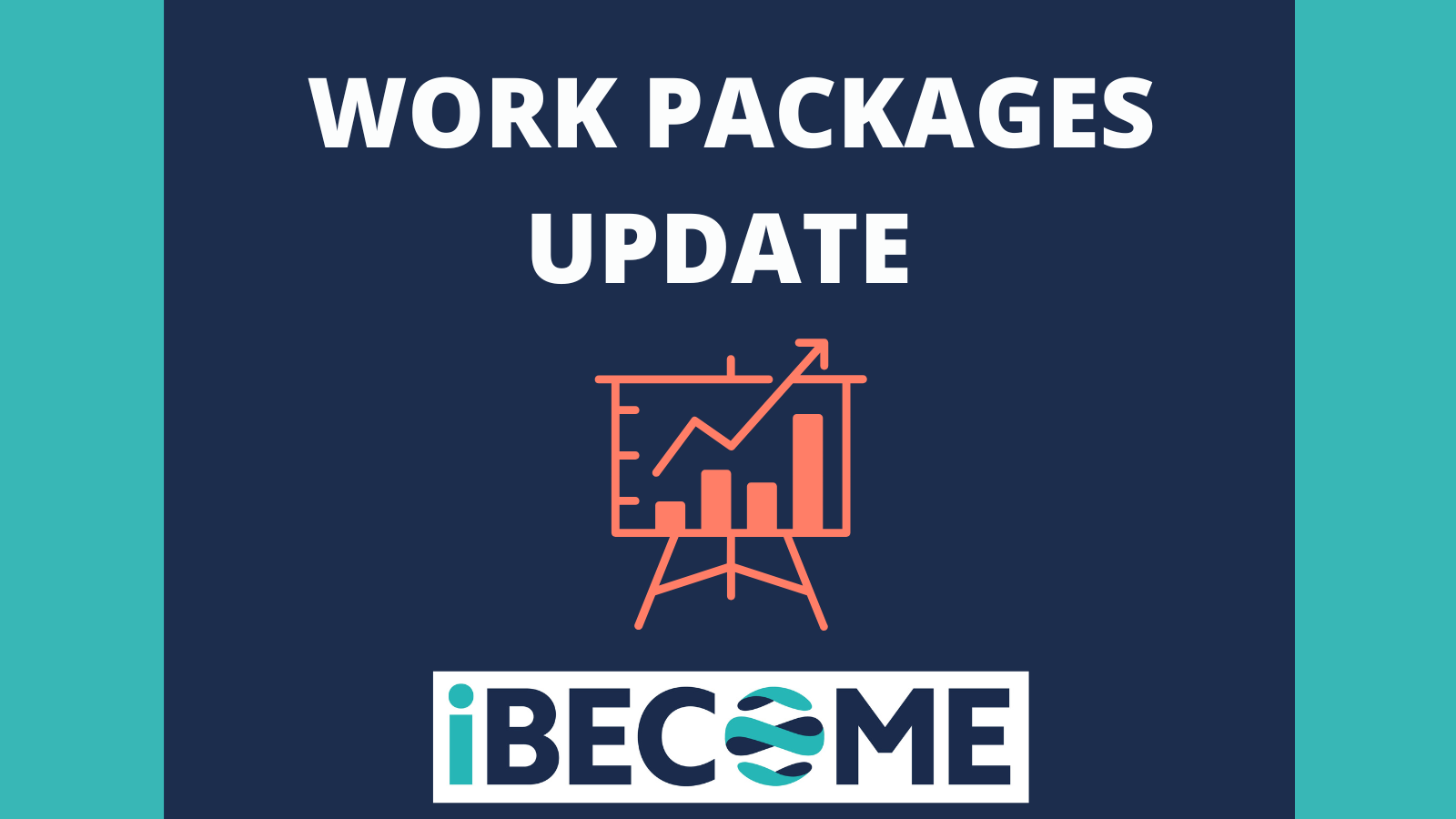Below is an update on activity in the work packages of the iBECOME project between month 24 and month 30.
WP3 – Control functions for innovative energy service
Key Achievements
- The development, cloud deployment and integration of each software component that constitute iBECOME virtual Building Management System (vBMS) on the cloud using both fictitious and real data
- The diagram showcases the components of the vBMS, it bilaterally connects to the building’s hardware, such as IoT sensors and meters, controllers (e.g. smart thermostats) and the existing BMS system of the building
- Within the ICL digital twin, a new simulation server was developed, that is capable of calibrating the building energy model on the cloud, based on the real data connected, and calculate the optimal control strategies for the building’s heating system, considering comfort predictions from the machine learning algorithms integrated
Developments via iSCAN
- Fault Detection algorithm was tested for accuracy for specific use cases related to demo sites, also can be now deployed to the cloud and integrate with iSCAN
- Predictive Maintenance algorithm was developed to track boiler and heat pump degradation, deployed on a cloud server and tested integration with iSCAN
- Healthcare management back-end coding was developed and deployed on the cloud
- Demand Response integration with Enterprise Server and iSCAN was tested successfully
- EV charging optimisation service integration was tested with Enterprise Server and iSCAN
- Car sharing mobile app was developed and integration test with Enterprise Server and iSCAN was completed
- Dashboards for the end users are designed based on the needs of demo sites, also based on the interactive mock-up developed earlier in the project
Next steps
- The design of use cases which will be tailored to the buildings to describe in detail the implementation of each service to the buildings.
For example:
- the algorithm for the intelligent control of heating will be controlling smart TRVs in Helix building,
- oil burners in Country Crest
- Fan Coil units in World Trade Centre building
WP4 – Demonstration in operational efficiency
Key achievements:
- The installation of ICT hardware in Country Crest and Helix Building is underway
- Development and calibration of virtual environment models completed. The accuracy of Country Crest model will be re-evaluated once more data is available for an additional calibration.
- There has been use case discussions with demo sites to help identify comfort and energy optimisation opportunities and the services to be provided for key topics such as demand response, fault detection, and predict maintenance.
- Integration works has begun, this will allow end-to-end communication across virtual building management system components.
- Data collection has started for most devices, which will be used as baseline in the project effectiveness evaluation stage.
Next steps
- Deployment of services and use cases finalisation.
- Development of testing protocol and monitoring through the platform,
- Testing of use cases and KPI assessment.
WP5 – Demonstration in retrofits
Key achievements: (5 points)
- A survey has been circulated on the demo sites to collect feedbacks from occupants for baseline. This is complete before iBECOME solution deployment
- Additional hardware specification based on services requirements have been identified
- The start of additional hardware deployment on demo sites has begun
- There has been definition of uses-cases for iBECOME services test and validation
Next Steps
- To build the models calibration based on additional data collection
- Additional hardware will be installed on the buildings ready to host iBECOME solution
- Consolidation of use-cases
WP6 – Business model development
Key achievements: (5 points)
- The template of the innovative collaborative contract has been created. It delineates shared goals and targets, roles, responsibilities and benefits among the interested parties (stakeholders) involved in the implementation of the iBECOME platform and related services. It is expected that this solution allows achieving a reduction in time and costs for the implementation limiting also legal disputes.
- There has been a full review of the data and energy value chains for the thermal and visual comfort optimization services
- Also there has been a review of the main innovative Energy Performance Contracts (EPC) schemes that are emerging in the ESCOs market segment.
Next steps:
- To delineate the templates for the Agile and Enhanced EPC schemes;
- To identify the bankability evaluation criteria and the business modelling strategy that will boost the market penetration of the iBECOME platform and services.

